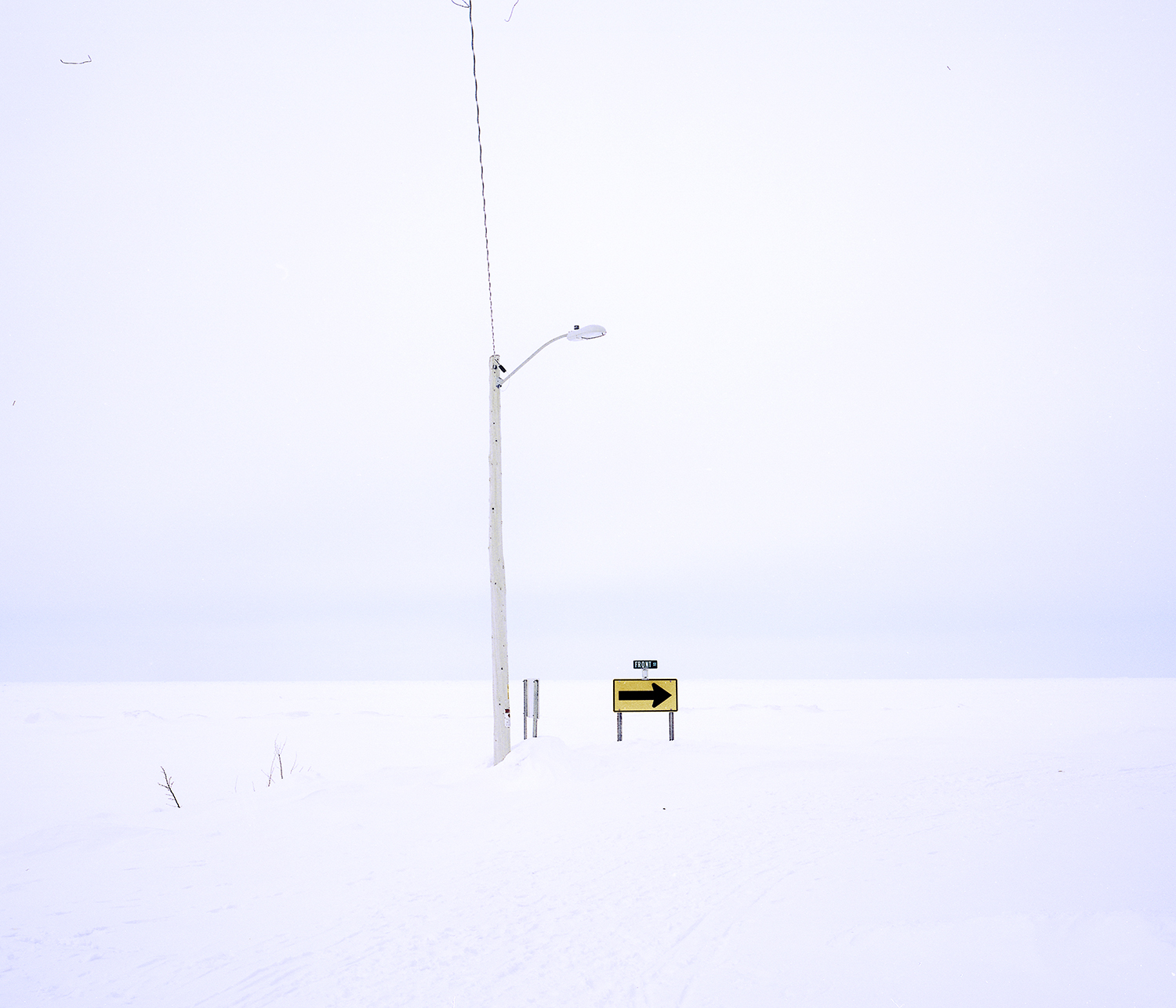The Cornish Americans
During the 1840’s, Cornwall’s booming mining industry began to crumble. As Cornish mining became less profitable, many mines closed down, forcing workers to find employment elsewhere. With little opportunity now in Cornwall, miners started taking their expertise in hard rock mining overseas. From North America to South Australia, the Cornish started migrating to countries rich with new opportunity. By the turn of the 20th century more than 250,000 people had left Cornwall during what was called ‘The Great Migration’, in search of work and a better life for their families. Subsequently, Cornish culture has been reinvented in the United States. This series highlights the influences generations of Cornish men and women have had on North America, through present day Cornish American descendents of ‘Great Migration’ expats, in the mining regions of Michigan and Wisconsin.


An abandoned market in Allouez. A small town in the middle of the Copper Country. Keweenaw county, Michigan.

Jack Treganowan sits at his bar at Camp Weasel, a deer camp in Mandan. Keweenaw county, Michigan.
Jack’s Great grandfather Thomas Treganowan migrated to Michigan’s copper country in 1845 from Kea, Cornwall to work the copper mines of the upper pennisula.

A map of Cornwall hangs in a Cornish built church in Linden, Wisconsin.

Jean Ellis, a Cornish American and Bard with Gorsedth Kernow. Her Great Grandmother emigrated to the United States from Cornwall in the late 1840’s and settled in Michigans Copper Country. Eagle River, Michigan.

Quincy Mine, Houghton, Michigan. Quincy was formerly the largest copper mine in Michigan’s copper country, located in the Upper Pennisula of the state. Many Cornish miners worked here upon their arrival into the United States.

Josh Treganowan after a Hockey game between the fire brigade and the police at Michigan Tech University. Josh's great great grandfather emigrated from Kea, Cornwall to the mines of Michigan's Copper Country in 1845.

Prop legs stick out of a snow bank in Calumet, Keweenaw County, Michigan.

Jim Jewell stands in a Cornish built church, Linden, Wisconsin. Jim is a Cornish American and Bard with Gorsedth Kernow, whose Great Great Grandfather Frederick Jewell emigrated from Redruth, Cornwall to find work in the leads mines of Wisconsin after the collapse of Cornwall’s mining industry.

Sheryl Makolia prepares pasties for sale at Tony’s Bakery, Laurium, Michigan

Louis Jewell, a Cornish American stands in a Cornish built church, designed by famous Cornish architect Christopher Wren. Louis’ Great Grandmother, Fern Jewell left Cornwall during the ‘Great Migration’ and eventually settled in Mineral Point, Wisconsin. Linden, Wisconsin.

A view of Lake Superior frozen over, Eagle River, Keweenaw County, Michigan. The lake stretches eighty miles across and was used to transport copper ore from the mines in Copper Country.

Inside the home of Jan Medlyn, a member of Keweenaw Kernewek, a group for Cornish Americans to meet from around the Keweenaw county. Hancock, Michigan.

Marion Howard, a Cornish American and Bard with Gorsedth Kernow. Marion’s Great Grandfather William Paynter, emigrated from St Day, Cornwall, to Mineral Point with his family in 1853.

A Cornish built church looks over Michigans Copper Counry. Central, Keweenaw county, Michigan.

Tamara Funk, curator of interpretation and collections at Pendarvis historic site. The Pendarvis grounds hold a collection of six constantly maintained Cornish built houses dating back to the 1850’s. Mineral Point, Wisconsin.

Jim and Marjorie Olson. Hancock, Michigan. Both Jim and Majorie have Cornish ancestry. Jim’s Great Granfather, James Tonkin emigrated to Ironwood, Michigan from Breage, Cornwall in 1876, to work the mines of the Copper County. Marjorie’s Great Grandfather Richard Webb Verran emigrated from Menheniot, Cornwall to Ripley, Michigan in 1890 to also work the mines of the Copper Country.

A Cornish built home in Central, Michigan. During the 19th century, many homes like this would open themselves up as boarding houses for cornish miners looking for shelter. Often more than twelve miners would occupy the cramped attic spaces, taking shifts on what blankets and matresses they had between them.

The Bastion Brothers (Ron, Bob and Thomas). Calumet, Michigan. Their Grandfather Thomas Bastion emigrated from Camborne, Cornwall, to the Copper Country of Michigans Upper Pennisula in 1843 and worked at Cliff mine in Phoenix, Michigan.

Saint Paul cemetery holds the graves of many original Cornish settlers from the ‘Great Migration’ period of the 1800’s.

Jim Vivien, a Cornish American, stands in a Cornish built cabin from the 19th century he has been renevating. Jim’s Great Grandfather emigrated to Michigan from Fowey, Cornwall in the 1860’s and settled in Michigan’s copper country




















